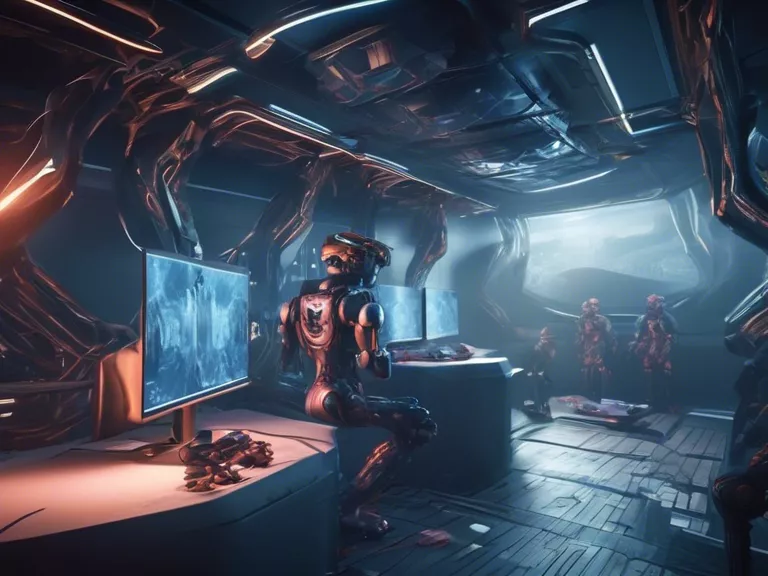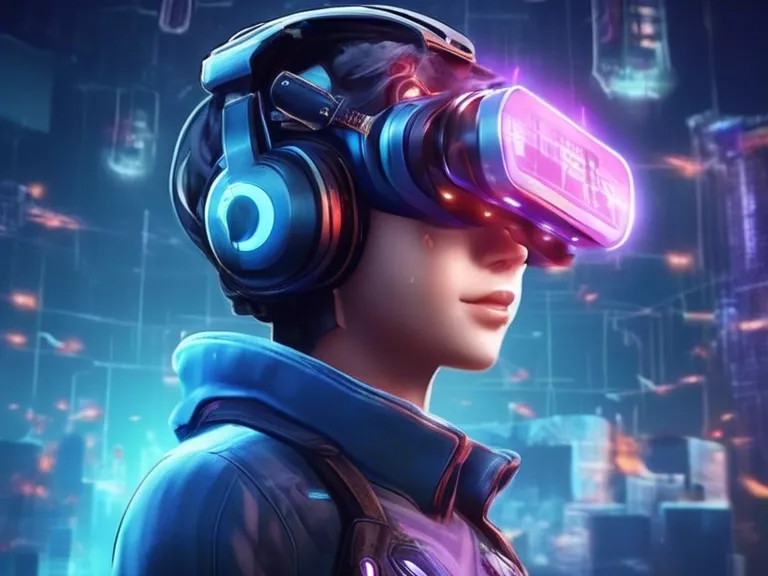
How AI is Creating More Immersive and Realistic Game Environments
In recent years, the gaming industry has seen a significant advancement in creating immersive and realistic game environments through the use of Artificial Intelligence (AI). AI technology has enabled game developers to design more lifelike worlds, characters, and interactions that blur the lines between the virtual and the real.
One way AI is enhancing game environments is through procedural generation. This AI-driven technique allows developers to generate vast and detailed game worlds, landscapes, and environments efficiently. By utilizing algorithms, AI can create unique and realistic terrains, buildings, and natural elements based on specified parameters. This not only saves time for developers but also ensures that each gameplay experience is unique and unpredictable for the players.
Another way AI is improving game environments is through adaptive learning. With AI systems that can learn and adjust in real-time, game environments can respond dynamically to player actions and decisions. This means that non-playable characters (NPCs) can adapt their behaviors based on interactions with players, making the game world feel more alive and responsive.
Moreover, AI is being used to enhance the realism of game visuals and physics. Machine learning algorithms can analyze and predict how objects should behave in different environments, resulting in more realistic movements, collisions, and interactions in the game. This level of realism not only adds to the immersion factor but also increases the overall gameplay experience.
Overall, AI is revolutionizing the gaming industry by creating more immersive and realistic game environments. With advancements in procedural generation, adaptive learning, and enhanced visuals, players can expect to be transported to lifelike worlds that feel increasingly authentic and engaging.



